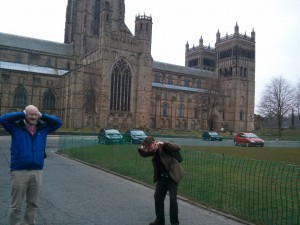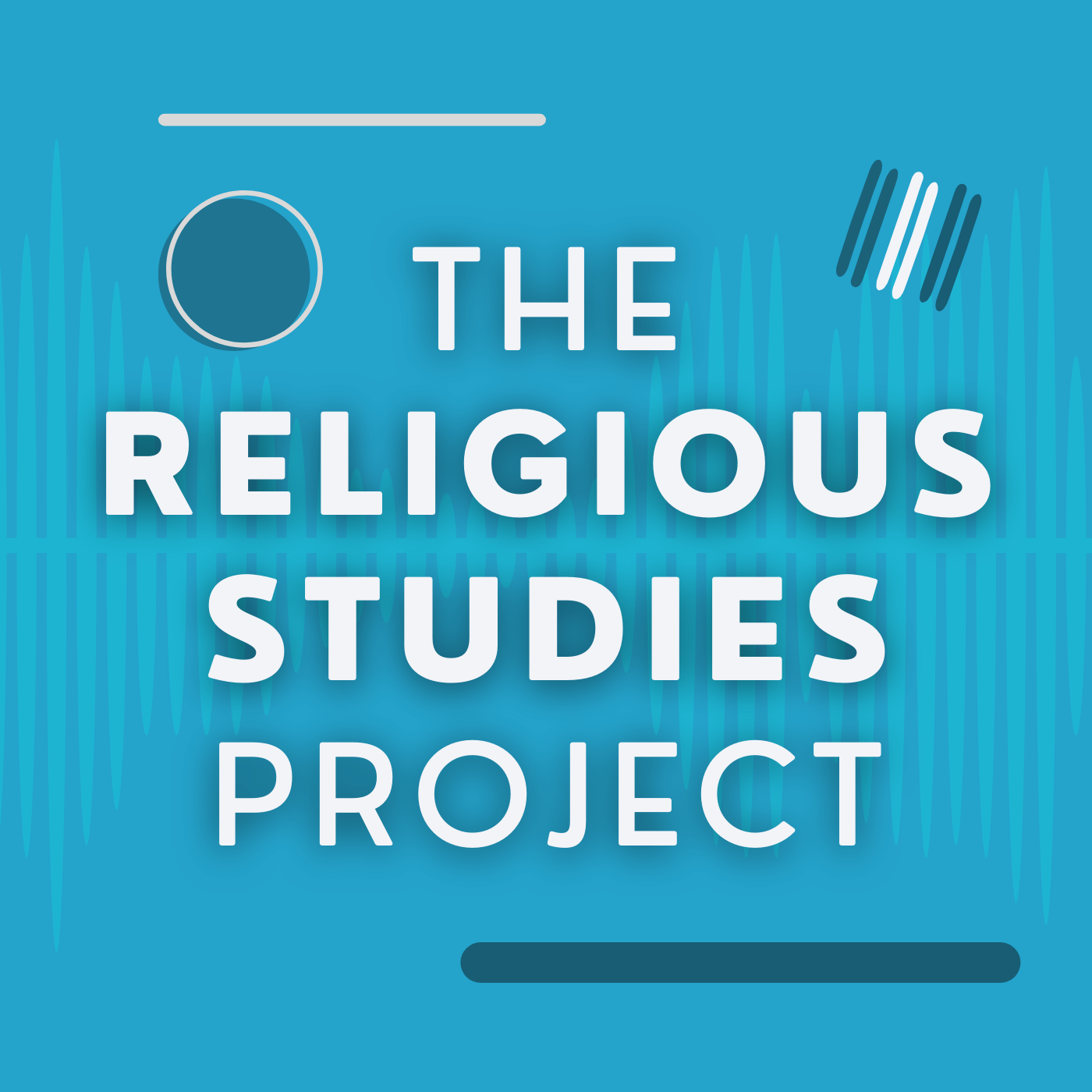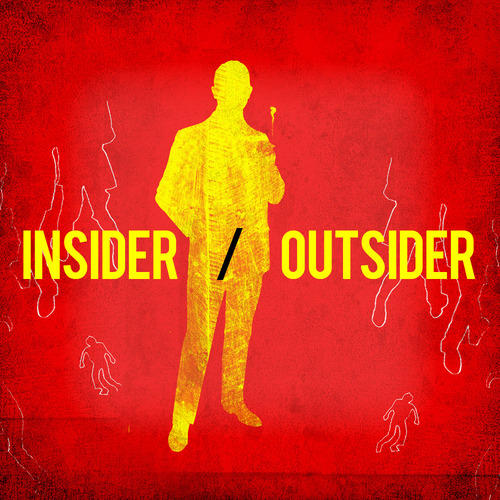
In our ‘post-modern’ world, it should come as no surprise that the built environment – skyscrapers or teepees, sports stadiums or roadside shrines – impact upon the daily lives of individuals and communities in multifarious ways. Buildings dominate our skylines, they shape the nature, size, sound and smell of events within their walls, they provide a connection to the recent and distant past, and they serve as a physical, material instantiation of any number of contextual discourses. But what about the relationship between ‘religion’ and these (generally) human-made structures? How does a building become recognized as in some sense ‘religious’? What other information do we need to infer things about the purpose of a building? About its impact? This week’s podcast features Chris talking with Dr Peter Collins about these sorts of questions, during the BSA SocRel Conference in Durham (April 2013). This sociology of religion conference occurred within a Chemistry department, at one of Britain’s most historic universities, in the vicinity of Durham Castle, and the magisterial Durham Cathedral… unsurprisingly, the built environment had a significant impact.
Podcast: Play in new window | Download | Embed
Subscribe: RSS
You can also download this interview, and subscribe to receive our weekly podcast, on Kim Knott on Religion, Space and Locality and Katie Aston’s essay entitled Finding space for nonreligion? Further possibilities for spatial analysis.
 Dr Peter J. Collins is Senior Lecturer in the Department of Anthropology at Durham University, UK. completed an MA in development studies and a PhD in social anthropology at Manchester University. His research interests include religion (especially Quakerism), ritual and symbolism; historical anthropology; qualitative research methods, particularly narrative analysis; the anthropology of Britain; aesthetics and the built environment. He was recently engaged in an NHS-funded projects looking at hospital design and the space and place of hospital chaplaincies. Recent publications include “On Ritual Knowledge” (in Diskus: The Journal of the British Association for the Study of Religions. Vol 13. 2013), “Acute Ambiguity: Towards a Heterotopology of Hospital Chaplaincy” (in Social Identities Between the Sacred and the Secular, ed. Abby Day, Giselle Vincett and Christopher R. Cotter, Ashgate. pp. 39-60. 2013) and “On the Materialisation of Religious Knowledge and Belief” (in Religion and Knowledge, ed. E.A. Arweck and M. Guest, Ashgate. 2012).
Dr Peter J. Collins is Senior Lecturer in the Department of Anthropology at Durham University, UK. completed an MA in development studies and a PhD in social anthropology at Manchester University. His research interests include religion (especially Quakerism), ritual and symbolism; historical anthropology; qualitative research methods, particularly narrative analysis; the anthropology of Britain; aesthetics and the built environment. He was recently engaged in an NHS-funded projects looking at hospital design and the space and place of hospital chaplaincies. Recent publications include “On Ritual Knowledge” (in Diskus: The Journal of the British Association for the Study of Religions. Vol 13. 2013), “Acute Ambiguity: Towards a Heterotopology of Hospital Chaplaincy” (in Social Identities Between the Sacred and the Secular, ed. Abby Day, Giselle Vincett and Christopher R. Cotter, Ashgate. pp. 39-60. 2013) and “On the Materialisation of Religious Knowledge and Belief” (in Religion and Knowledge, ed. E.A. Arweck and M. Guest, Ashgate. 2012).







